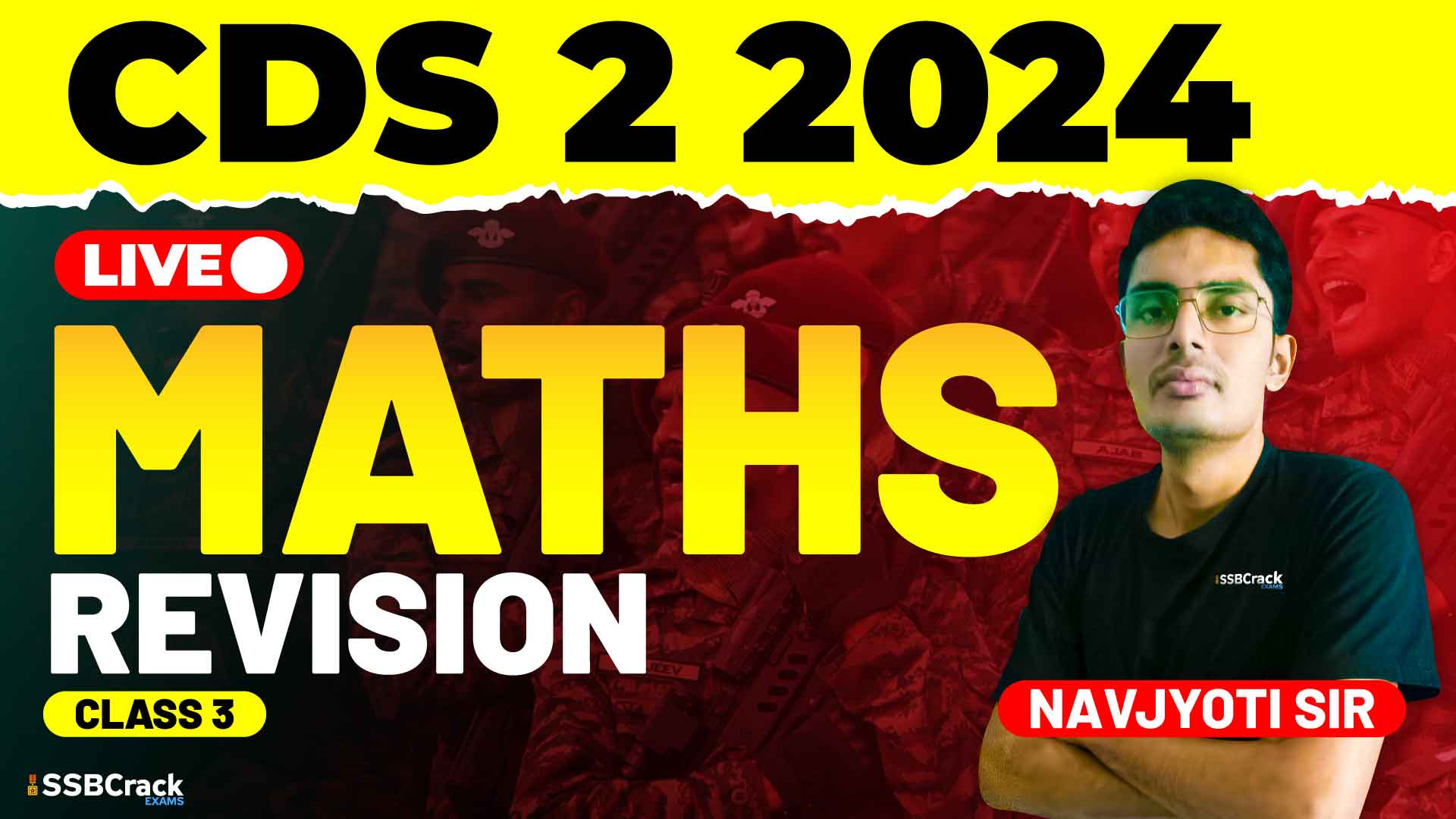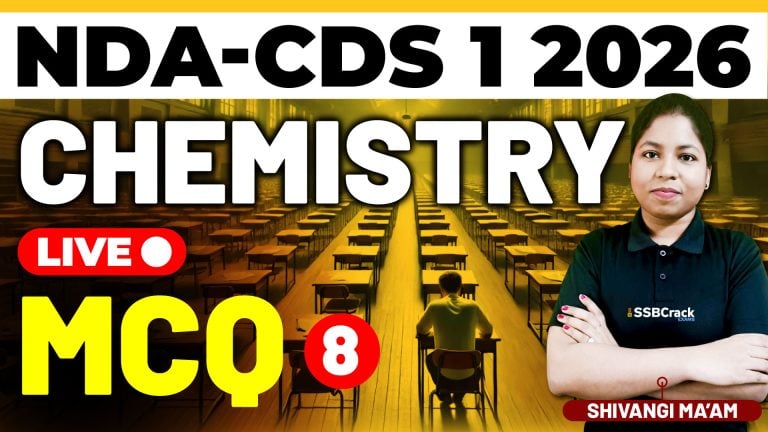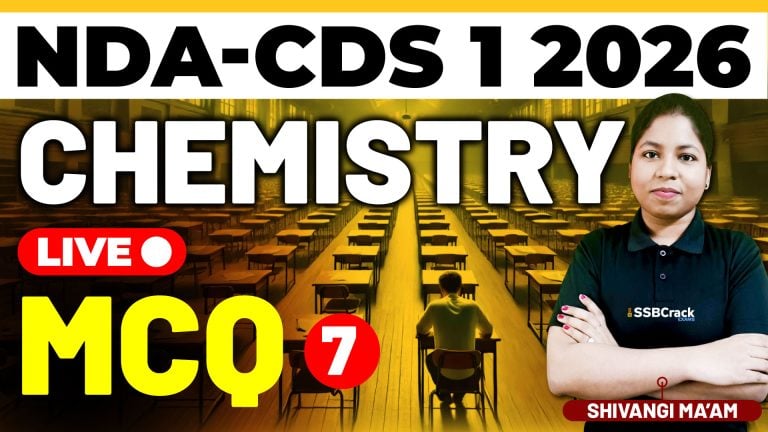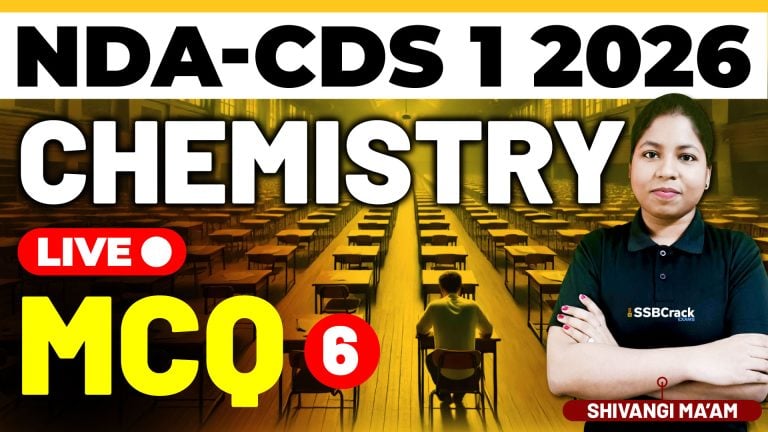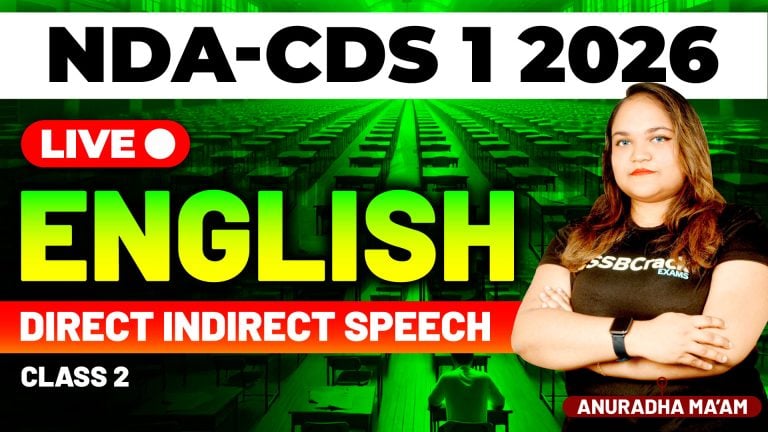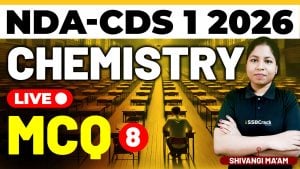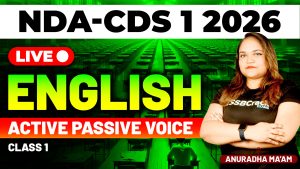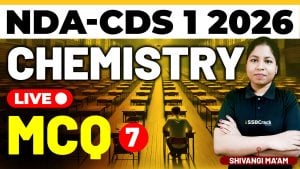Preparing for the Combined Defence Services (CDS) Exam requires a strong grasp of various topics in Elementary Mathematics. Two essential areas that candidates need to master are Profit and Loss and Speed, Distance, and Time. These topics are frequently tested in the exam and having a good understanding can significantly boost your score. Recently, a dedicated revision class focused on practicing multiple-choice questions (MCQs) on these topics. This article will outline the key concepts covered, share strategies for solving MCQs, and highlight the importance of these topics in the CDS Exam.
Key Concepts in Profit and Loss
The class covered several fundamental concepts related to Profit and Loss, providing students with a comprehensive understanding and practical application through MCQs. Here are the main topics discussed:
- Cost Price (CP): The price at which an article is purchased.
- Selling Price (SP): The price at which an article is sold.
- Profit: The financial gain when the selling price is higher than the cost price.
- Loss: The financial loss when the selling price is lower than the cost price.
- Profit Percentage: The profit expressed as a percentage of the cost price.
- Loss Percentage: The loss expressed as a percentage of the cost price.
- Marked Price: The price marked on an article, which may include a discount to arrive at the selling price.
- Discount: A reduction from the marked price, often given to promote sales.
Key Concepts in Speed, Distance, and Time
Speed, Distance, and Time are interrelated concepts that are commonly tested in competitive exams. Here are the primary topics discussed in the class:
- Speed: The distance traveled per unit of time.
- Distance: The total length of the path traveled by an object.
- Time: The duration taken to cover a certain distance.
- Average Speed: The total distance traveled divided by the total time taken.
- Relative Speed: The speed of one object relative to another when both are moving in the same or opposite directions.
- Conversions: Understanding the conversions between different units of speed, distance, and time.
Strategies for Solving MCQs on Profit and Loss and Speed, Distance, and Time
Effectively solving MCQs on these topics requires a combination of mathematical understanding and strategic approaches. Here are some strategies to tackle these problems efficiently:
- Understand the Terminology: Ensure you are clear about terms like cost price, selling price, marked price, discount, profit, loss, speed, distance, and time. Misunderstanding these can lead to incorrect answers.
- Identify What is Given and What is Required: Carefully read the question to identify what information is provided and what you need to find. This helps in setting up the problem correctly.
- Use Ratios and Percentages: Many profit and loss problems can be simplified by using ratios and percentages. Similarly, speed, distance, and time problems often involve simple ratios and can be solved using basic arithmetic.
- Practice Mental Math: Develop your mental math skills to quickly perform calculations without relying too much on paper. This saves time during the exam.
- Break Down Complex Problems: For problems involving multiple steps, break them down into smaller, manageable parts. Solve each part step-by-step.
- Check for Consistency: After solving the problem, check your calculations and ensure that your answer is consistent with the given information. This helps in avoiding careless mistakes.
- Practice Regularly: Regular practice with a variety of MCQs will help you become familiar with different types of problems and improve your speed and accuracy.
Importance of Regular Practice
Regular practice of MCQs is vital for mastering these topics. By solving a variety of problems, you can familiarize yourself with different question formats and develop a deeper understanding of how the concepts are applied. Additionally, practicing under timed conditions can help improve your speed and accuracy, which is crucial for competitive exams like the CDS.
Conclusion
Profit and Loss and Speed, Distance, and Time are crucial topics in the Elementary Mathematics paper of the CDS Exam. The recent class dedicated to these topics provided a comprehensive review of key concepts and extensive practice with MCQs. Understanding these concepts and effectively solving related problems can significantly enhance your numerical ability and problem-solving skills, contributing to your overall success in the CDS Exam.
By incorporating the strategies discussed in this article and consistently practicing MCQs, you can build a solid foundation in profit and loss and speed, distance, and time, and approach the CDS Exam with confidence. Remember, mastering these topics not only helps in solving direct problems but also in tackling a wide range of mathematical challenges that you may encounter in the exam.
